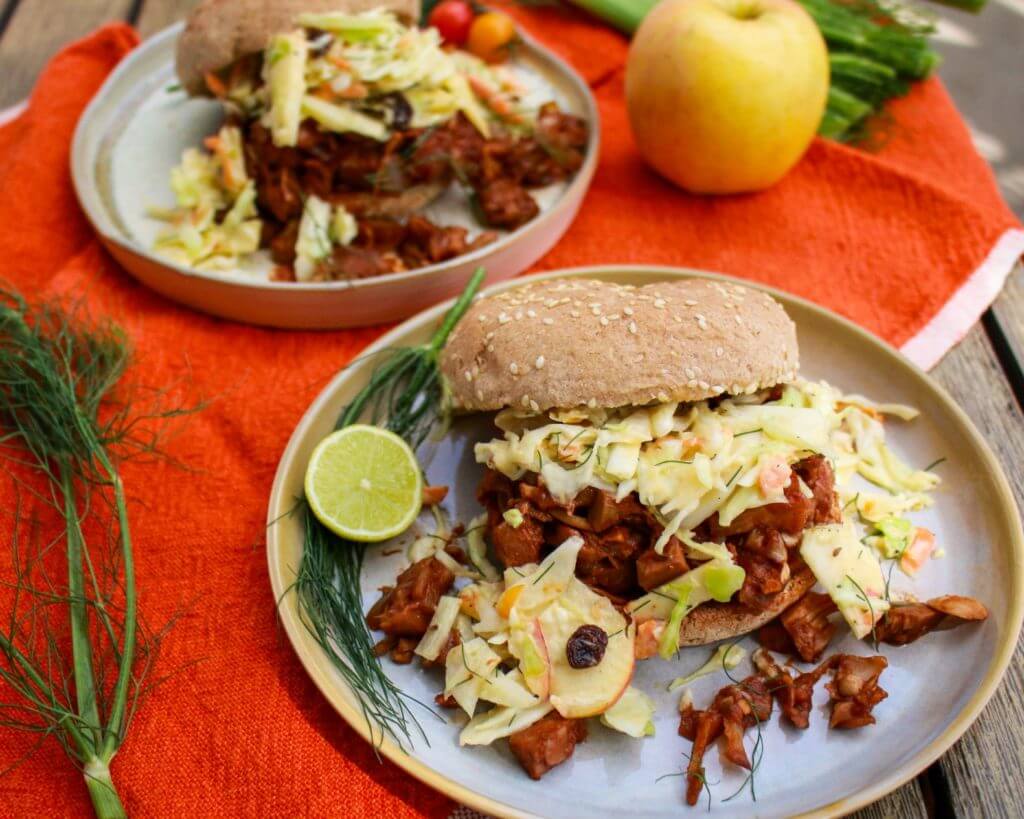Wondering how to go vegetarian? I’ve got you covered with these 13 expert nutrition tips from dietitians on how you can go more plant-based today.
Thinking about going vegetarian? Your timing couldn’t be better! More and more people are taking on a plant-based lifestyle, which is linked with lower risks of heart disease, type 2 diabetes, certain types of cancer, and obesity. Plus you can seriously lower your carbon footprint and your impact on animals by cutting out meat. But how do you get started? Well, I asked some of my favorite plant-based dietitians experts to share their top advice on the best steps for going vegetarian.
How to Become a Vegetarian: 13 Dietitian Tips

1. Eat at vegetarian restaurants when you can. “You’ll likely get a great meal, of course, but you’ll also get inspiration. Plant-based chefs really know what they’re doing when it comes to making the veggies and non-meat proteins the highlights of the meal, and dining at their restaurants will give you loads of ideas you can put into practice in your everyday life,” says Rachel Meltzer Warren, MS, RDN.
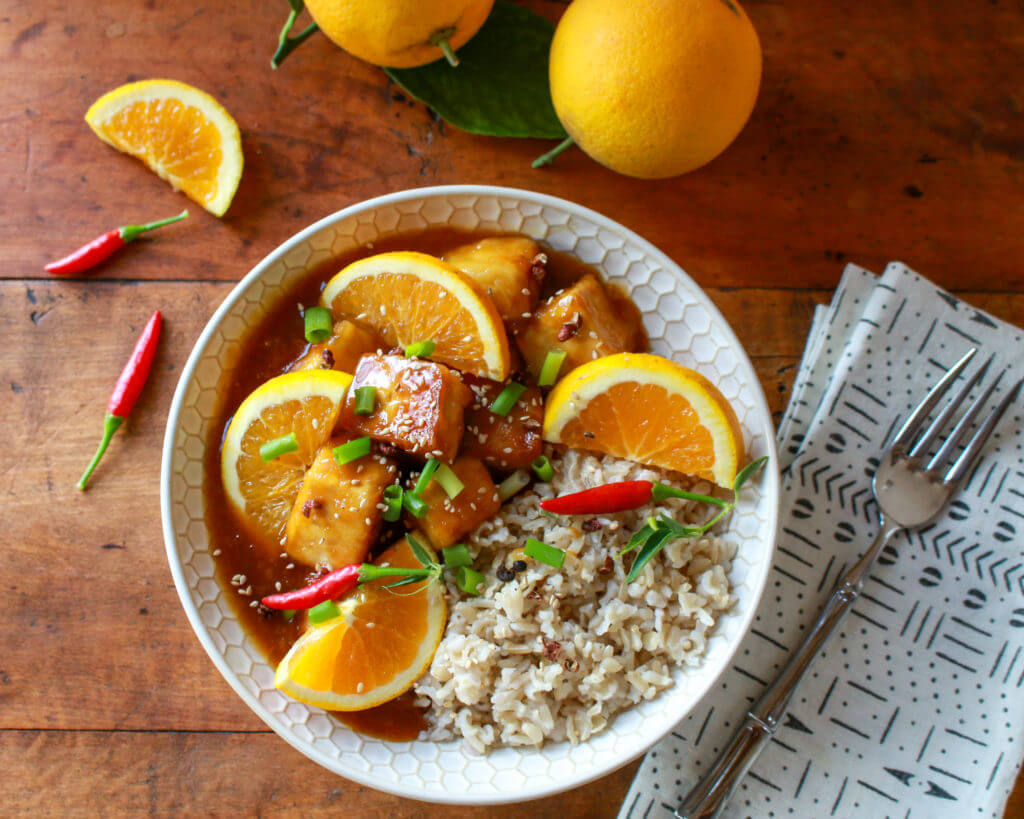
2. Add flavor to vegetarian proteins. “People go to great lengths to season, marinate and tenderize meat so they need to treat non-meat foods the same way! Spice up beans, tofu, grains and veggies with herbs and seasonings to enhance their natural flavors. Using meat alternatives can be a great way for people who love meat to go veggie, especially in the beginning of their diet transition. Many people find that they really enjoy the texture and flavor of the many vegetarian meat alternatives and it helps them not miss their previous diet. And last, get some great vegetarian cookbooks. New ideas and inspiration is key when changing up your diet; people often complain that they just don’t know what to make! There are many great vegetarian cookbooks, blogs, and websites that you can use to spark your creativity and plan weekly menus,” says Ginger Hultin, MS, RD, CSO, LDN, owner of Champagne Nutrition.
3. It’s more than tofu. “Most people associate being vegetarian with having to eat tofu, beans, nuts, seeds and even strange-sounding meat alternatives like Quorn in order to get adequate protein. However, that’s not so! Some of the best sources of protein are typical foods that are also vegetarian like milk, eggs, yogurt and cheese. Stick to low-fat varieties of dairy and choose fresh cheeses over aged ones—they tend to be lower in fat and sodium,” says Layne Lieberman, RD.

4. Research and learn about vegetarian sources of protein. “People don’t often realize how much protein is in dairy products, beans and grains. They should also know how much protein they need in a day. If learning about protein requirements sounds overwhelming, meet with a Dietitian! I always tell my clients to start small, make it simple and be realistic. If you really want to be vegetarian but you are eating meat at every meal, try going vegetarian for one meal for an entire week. Then, if you like the vegetarian lifestyle, add a second meal. If it’s right for you, vegetarianism will start to feel like second nature and you won’t miss the meat!” says Natalie Rizzo, MS, RD.
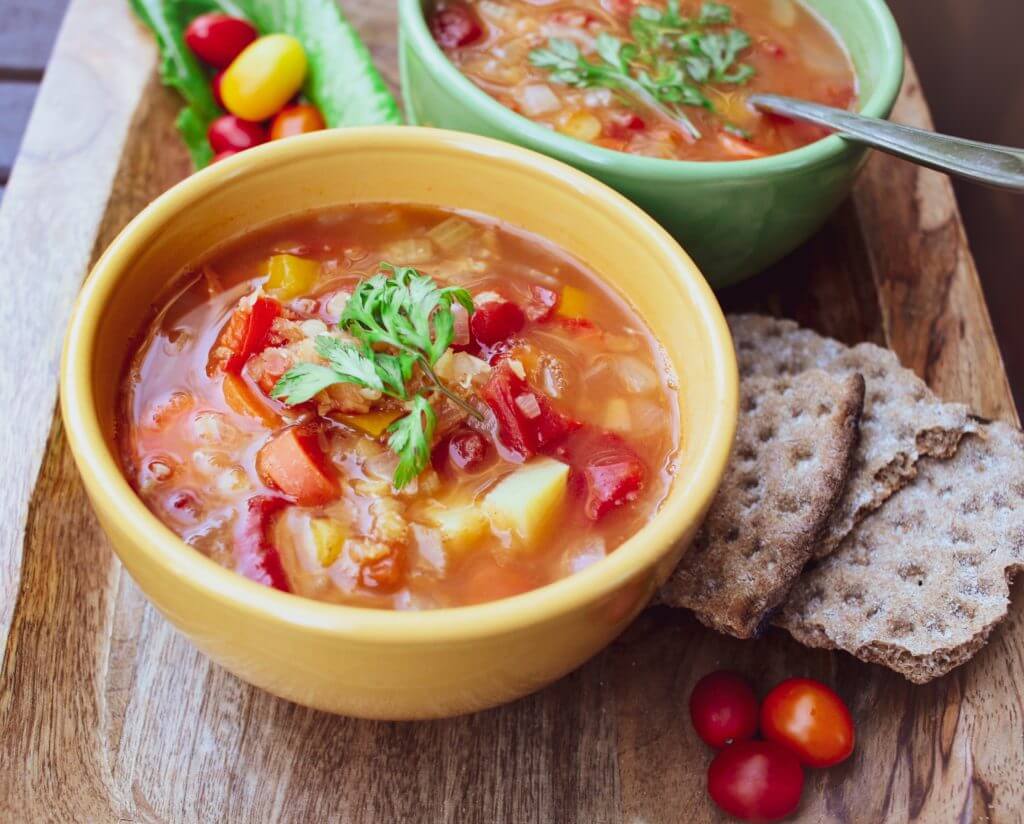
5. Don’t be afraid to try new proteins! “Beans, lentils, tofu, tempeh, nuts and nut butters can all be delicious and hearty when added to meals. Start small! Try experimenting with a new vegetarian protein source each week!” says Sarah Fitzgerald, RDN.

6. Start switching out animal proteins. “A great way to start transitioning to a vegetarian diet, is to swap the animal proteins sources in your diet (i.e., meat, fish, chicken) for their plant-based alternatives. So if you enjoy eating a hamburger, switch it out for a veggie burger. If you love spaghetti and meatballs, pick up a package of vegetarian meatballs at the grocery store. Or download a recipe from vegetariantimes.com and make your own. The more you enjoy the foods you are eating, the easier it will be to make this healthy eating plan part of your lifestyle. Protein is an important nutrient and we need to get an adequate amount of it on a daily basis. Many vegetarians rely on dairy and eggs for their protein. If you don’t, make the time to try a variety of vegetarian protein options. Visit your local health food or grocery store and purchase protein foods that you may have not tried. Great plant-protein foods include tofu (the firm-variety is great for grilling or mashing up for mock chicken salad), seitan (wheat gluten), edamame (soybeans), hummus, canned or dried beans, quinoa, and nut butters. Lastly, keep frozen vegetables on-hand to add to pasta, stir-fries, soups, and smoothies. It will make it much easier to get more vegetables into your diet,” says Lisa Stollman, MA, RDN, CDE, CDN.
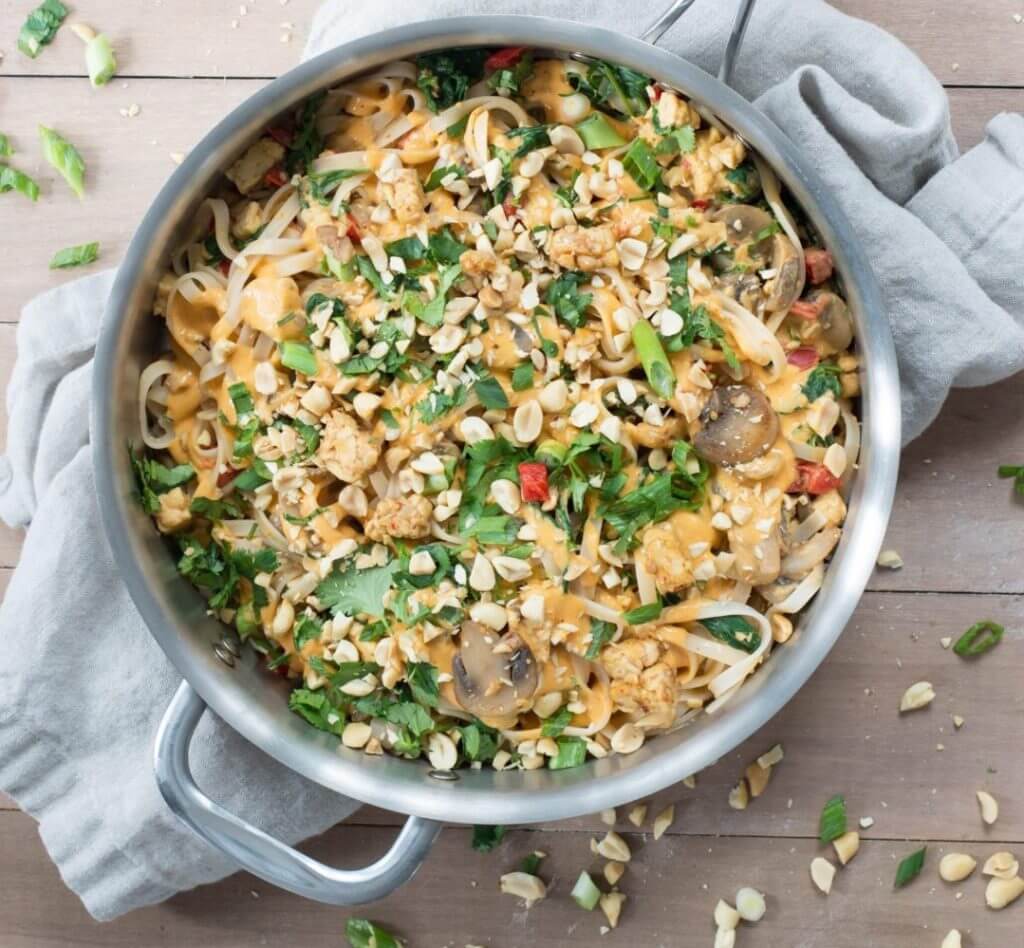
7. It’s a time to explore new foods! “Instead of focusing on the burden of limiting animal products, think about all of the new foods you can include on a vegetarian diet. I recommend looking for recipes that you’re really excited to try at home by exploring food blogs and vegetarian cookbooks. This is also a great way to learn how to cook with new ingredients like tempeh, seitan, and nutritional yeast! Also remember that vegetarian doesn’t always equal “healthy.” Whether you include animal products or not, try to limit heavily-processed products and focus on getting lots of vegetables, fruits, legumes, whole grains, nuts and seeds. Ask yourself, what about protein? Vegetarians can pretty easily get enough of this important nutrient by including plant-based protein like beans, soy, lentils, peas, nuts, seeds, and whole grains. There’s also no need to combine specific foods in order to create a “complete protein.” Eating a variety of plant-based whole foods throughout the day provides all of the amino acids you need,” says Stephanie McKercher, MS, RDN, nutritionist and blogger at The Grateful Grazer.
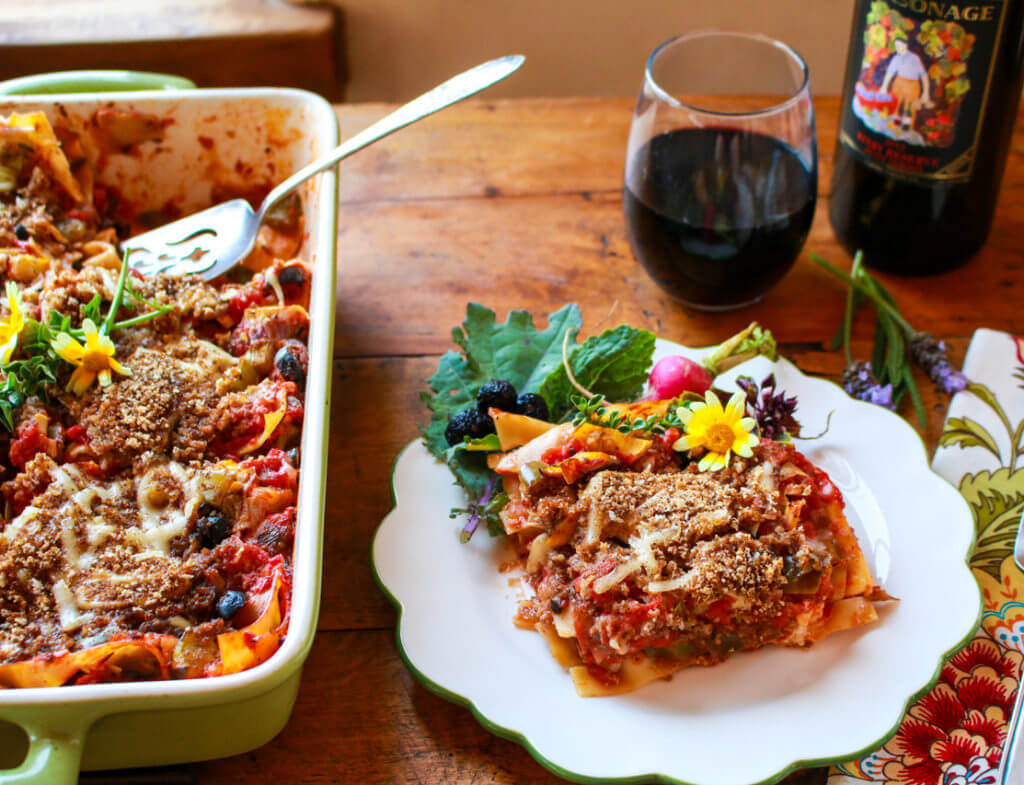
8. You can still enjoy your favorite recipes. “I think my favorite tip for someone going vegetarian would be that you can still enjoy your favorite recipes by making just simple meatless substitutions to them. For example I love chili, but instead of using ground turkey I’ll substitute it with lentils. For chicken Parmesan I substitute the chicken with eggplant. I also often make meatless burgers using black beans and quinoa instead of ground beef. All the spices and herbs stay the same, it’s just simply the source of protein that changes! It’s important to really play around with new foods, specifically plant-based sources of protein, and try new recipes weekly to keep it interesting!” says Angie Asche, MS, RD, LMNT, Eleat Nutrition, LLC.
9. Consult with a registered dietitian nutritionist (RDN). “When considering going vegetarian, it’s important to get educated about the right way of doing this. Consult with a registered dietitian nutritionist specializing in vegetarian nutrition to help guide you through this process. Another tip I have is just because something is plant-based/vegetarian does not automatically make it healthy. For instance, chips, pastries, fake meat options may all fit the plant-based criteria but can also be a source high calories, high sugar, high fat, or high sodium. Make sure to enjoy a wide variety of foods to better meet your nutritional needs! Lastly, use a 3-compartment plate—fill half your plate with colorful, fruits and vegetables, one fourth of your plate with beans, lentils, tofu (protein), and one-fourth of your plate with whole grain carbohydrate rich foods such as quinoa, brown rice, wholegrain bread. Enjoy with a serving of low fat or nonfat milk or fortified dairy alternative. This simple technique will ensure that you meet your nutritional needs and enjoy appropriate food portions,” says Vandana Sheth, RDN, CDE, a lifelong vegetarian, and spokesperson for the Academy of Nutrition and Dietetics.
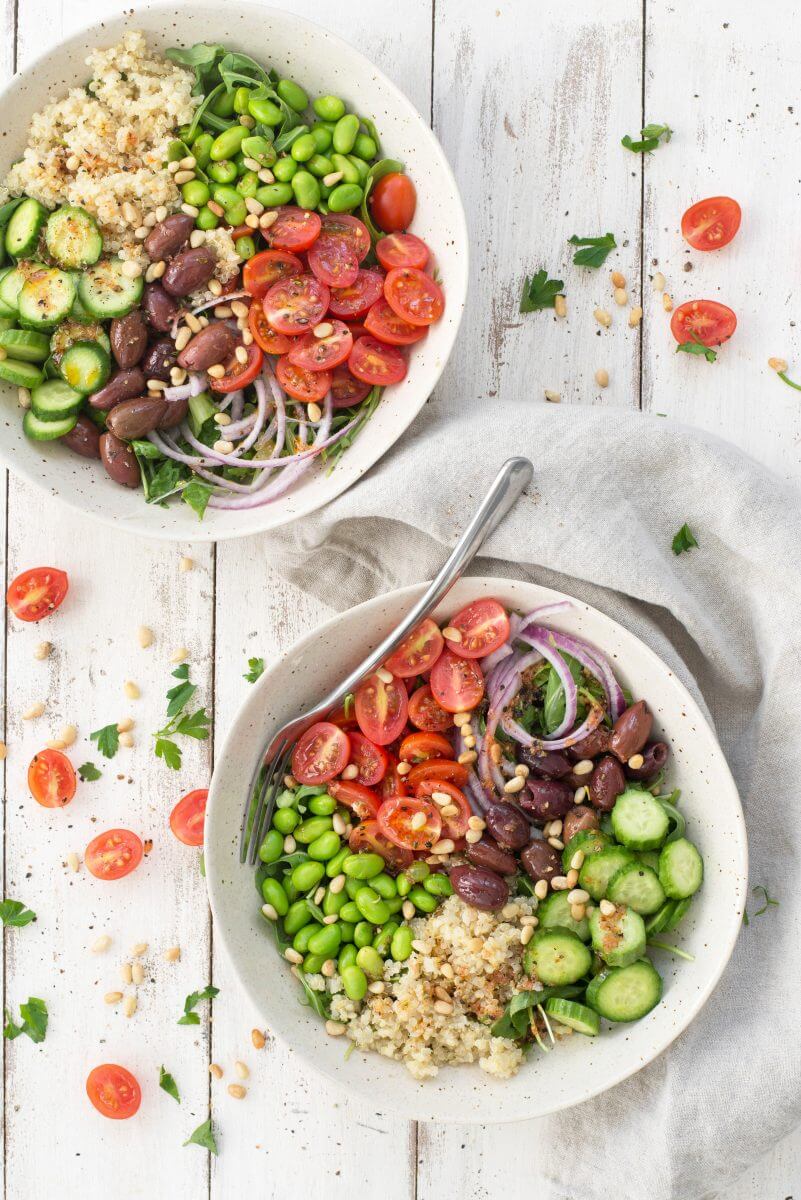
10. Aim for balance. “Aim for balanced meals that include a mix of protein, healthy fat, whole grains, and produce—such as a bowl of plant-based milk, whole-grain cereal, and blueberries. Also, incorporate complete plant proteins into your diet, such as edamame, hemp seeds, amaranth, quinoa, and chia seeds. These proteins aren’t lacking in any essential amino acids, so you don’t have to worry about eating other foods to “complete” them. Don’t be shy! If you don’t see balanced vegetarian-friendly options on a restaurant menu, ask for an alteration. Perhaps the chef can swap out chicken for chickpeas in a salad or can top a rice-stuffed pepper with a fried egg,” says Amy Gorin, MS, RDN, a dietitian in Jersey City, NJ, vegetarian for 15-plus years, and owner of Amy Gorin Nutrition.
11. Reach for the wheat germ. “A two tablespoon serving is a good source of zinc and iron, two nutrients that some vegetarians may fall short of in their diets. Sneak it into muffins and other baked goods. Substituting up to 1/2 cup of wheat germ for equal amounts of flour when baking cookies, muffins, and other quick and yeast breads,” says Joan Salge Blake, Clinical Associate Professor, Boston University.
12. Be patient. “You don’t have to become 100% vegetarian today, allow yourself time to make the transition comfortable and manageable, especially if your family is making the transition to a vegetarian lifestyle with you. My second tip for going vegetarian is to do some research. With so many talented food bloggers on the internet, you can surely find your favorite traditional recipes remade into delicious vegetarian alternatives. Last, but most certainly not least, be adventurous. Always be willing to try something once, you may be very surprised to find that you love a vegetarian food or dish that you have never tried before,” says Emily Cope, MS, RDN, Owner & Consulting Dietitian of Emily Kyle Nutrition.
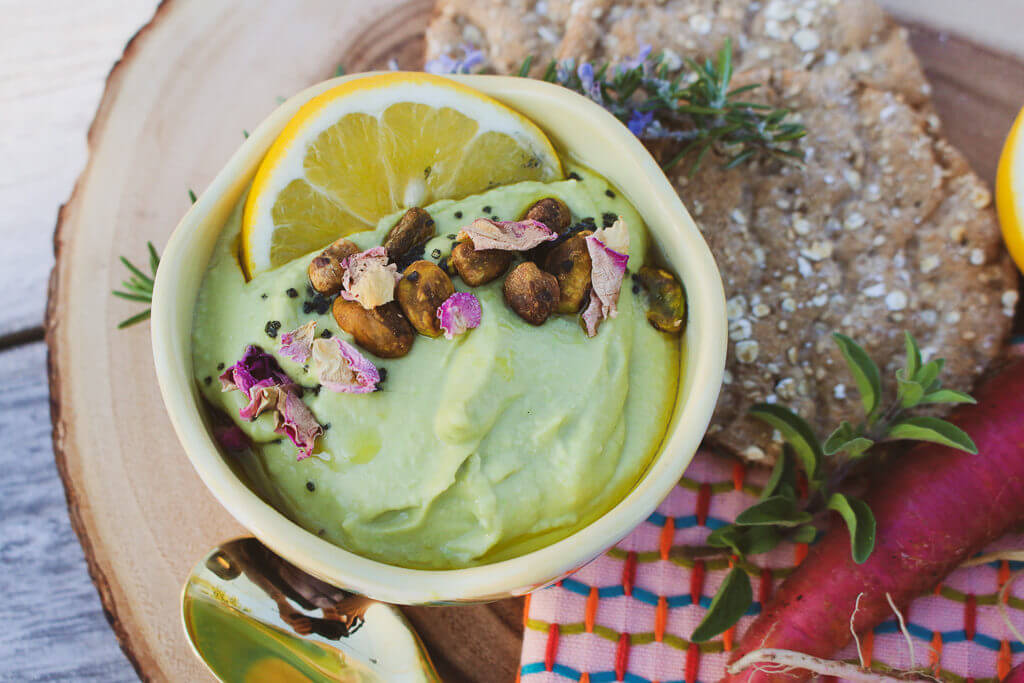
13. Add plant-foods. “Think of the switch to a plant-based diet as adding plants foods, not taking away animal foods. Be sure to include plenty of protein through beans, lentils, peanut butter, hummus, tofu, tempeh, seitan, or vegan meats; protein deficiency isn’t a concern but these foods will allow you to feel satisfied,” says Jack Norris, RD, Executive Director, Vegan Outreach.
Check out these other blogs for more advice on going plant-based:
5 Tips for Plant-Powering Your Eating Style
Spring into Fresh Healthy Eating
9 Tips for Plant-Based Eating on a Budget
Top 5 Tips for Greening Your Plate
6 Simple Tips for Eating More Plant-Based Meals
Image: Pulled BBQ Jackfruit Sandwiches from California Vegan


